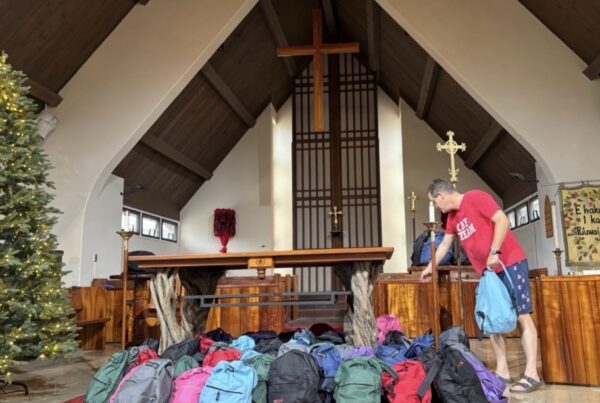
Jesus is in Caesarea Philippi sharing
Good News and Bad News
(Mark 8:31-38)
Akamai (photo above) in the pools of Keaau!
Bibleplaces.com
Apparently known as Baal Hermon and Baal Gad in the Old Testament period, this site later was named Panias after the Greek god Pan who was worshiped here. There is no record of Jesus entering the city, but the great confession and the transfiguration both occurred in the vicinity of the city (Matt 16:13), then known as Caesarea Philippi.

Caesarea Philippi
Situated 25 miles (40 km) north of the Sea of Galilee and at the base of Mt. Hermon, Caesarea Philippi is the location of one of the largest springs feeding the Jordan River. This abundant water supply has made the area very fertile and attractive for religious worship. Numerous temples were built in this city in the Hellenistic and Roman periods.

The Waterfall
The Banias waterfall is less than 30 feet (10 m) high and is divided into two streams by a tree growing at the top. Prior to 1967, Banias was located in Syrian territory, not far from the border with Israel. At one point, Syria attempted to prevent these waters from flowing into Israel and the Jordan River.

Grotto of Pan
The spring emerged from the large cave which became the center of pagan worship. Beginning in the 3rd century BC, sacrifices were cast into the cave as offerings to the god Pan. Pan, the half-man half-goat god of fright (thus “panic”), is often depicted playing the flute. The city’s modern name, Banias, is the Arabic form of Panias.

Why Caesarea Philippi?
For Lent: Reflect on the visit of Jesus and his disciples to a region known to Greeks and Greek gods, and the question of his identity, and the foretelling of his suffering and death.
(Mark 8:31-38)
Sacred Niches of Caesarea Philippi (photo above)



